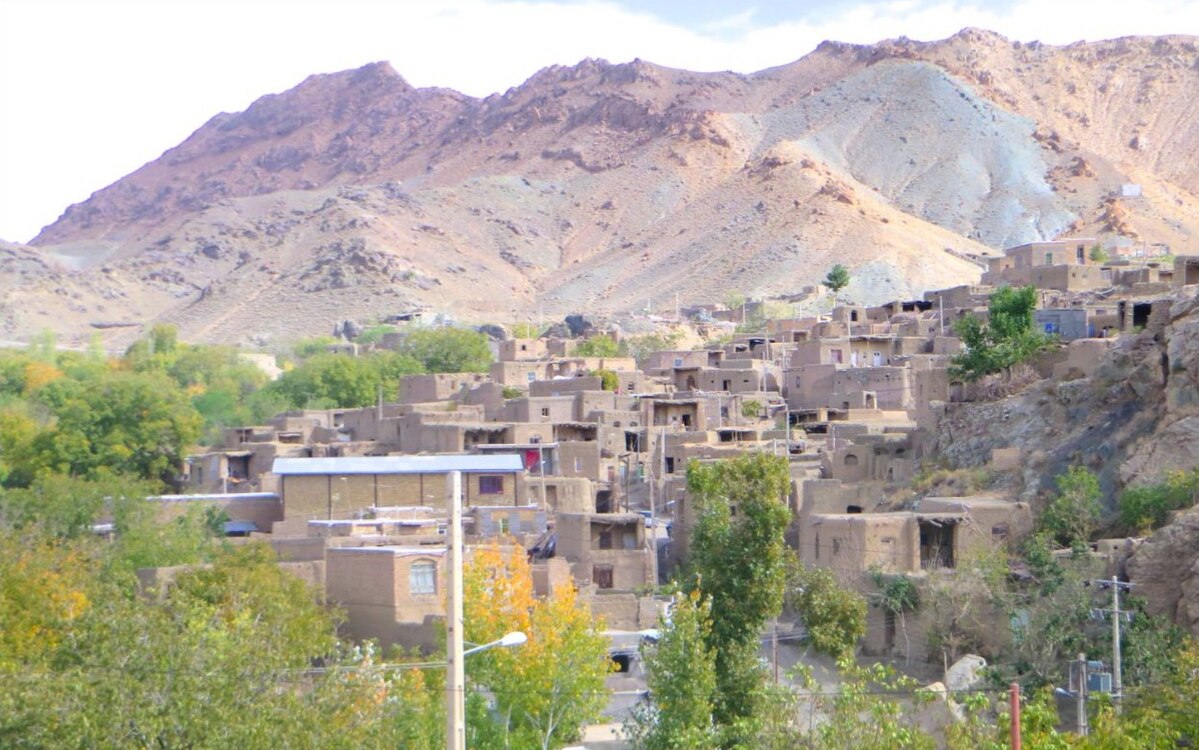
Kasf, Iran in Bardaskan County, the county with the fastest sinking landscape due to water removal from nearby aquifers.
Credit: Torshiz khorasan/WikiCommons
AGU News
Register for AGU’s 2025 Annual Meeting in New Orleans
Press registration is open for AGU25 in New Orleans, Louisiana, and online 15 to 19 December 2025 at the New Orleans Ernest N. Morial Convention Center. Staff, freelance, and student journalists are eligible to apply for complimentary press registration through the end of the conference. Press officers and institutional writers covering the meeting are also eligible. [AGU25 Press Center] [eligibility requirements] [media advisory]
Featured Research
Iranian ground sinking at nearly a foot per year
In Iran, over half of available water comes from underground aquifers. Previous research found that continuous pulling from the aquifers has led to the ground sinking more than 10mm per year. New research found that in Bardaskan in northern Iran, the area sinking grew 40% from 2008 and is sinking very quickly at nearly a foot (300mm) per year. Scientists point to drought as a reason behind the sinking, as more water is removed from the aquifer than is returned. [JGR Solid Earth study]
Exactly how much water can we take from the ground?
Peak Groundwater is a concept that there is a maximum amount of groundwater that can be removed from aquifers before it can replenish its reserves. Understanding where that limit is can help communities optimize water use without causing impacts. Researchers reviewed the literature around Peak Groundwater and found that societal priorities and management of their water sources determine how well the aquifers replenish. Through practices like 4D monitoring and simulation models, groundwater managers can keep a close eye on their supplies and reduce risk of overconsumption. [Earth’s Future review]
Sluggish tectonics plates on early Earth moved the north and south poles
The location of the north and south poles on Earth’s surface wander, moving around thanks to redistribution of mass within or at the surface of the planet. A new study finds that the poles likely moved around on ancient Earth a lot more often compared to current day during a period of “sluggish lid tectonics” before Earth’s modern plate tectonics was established. [JGR Solid Earth study]
Radar surveys reveal permafrost recovery after wildfires
Boreal-permafrost systems are still resilient against wildfires, but continuous and long-term monitoring is needed to control the impact of climate change. [Eos editors’ highlight][AGU Advances study]
Strong tides speed melting of Antarctic ice shelves
Ocean currents along the underside of the ice are a major control over melting. [Eos research spotlight][JGR Oceans study]